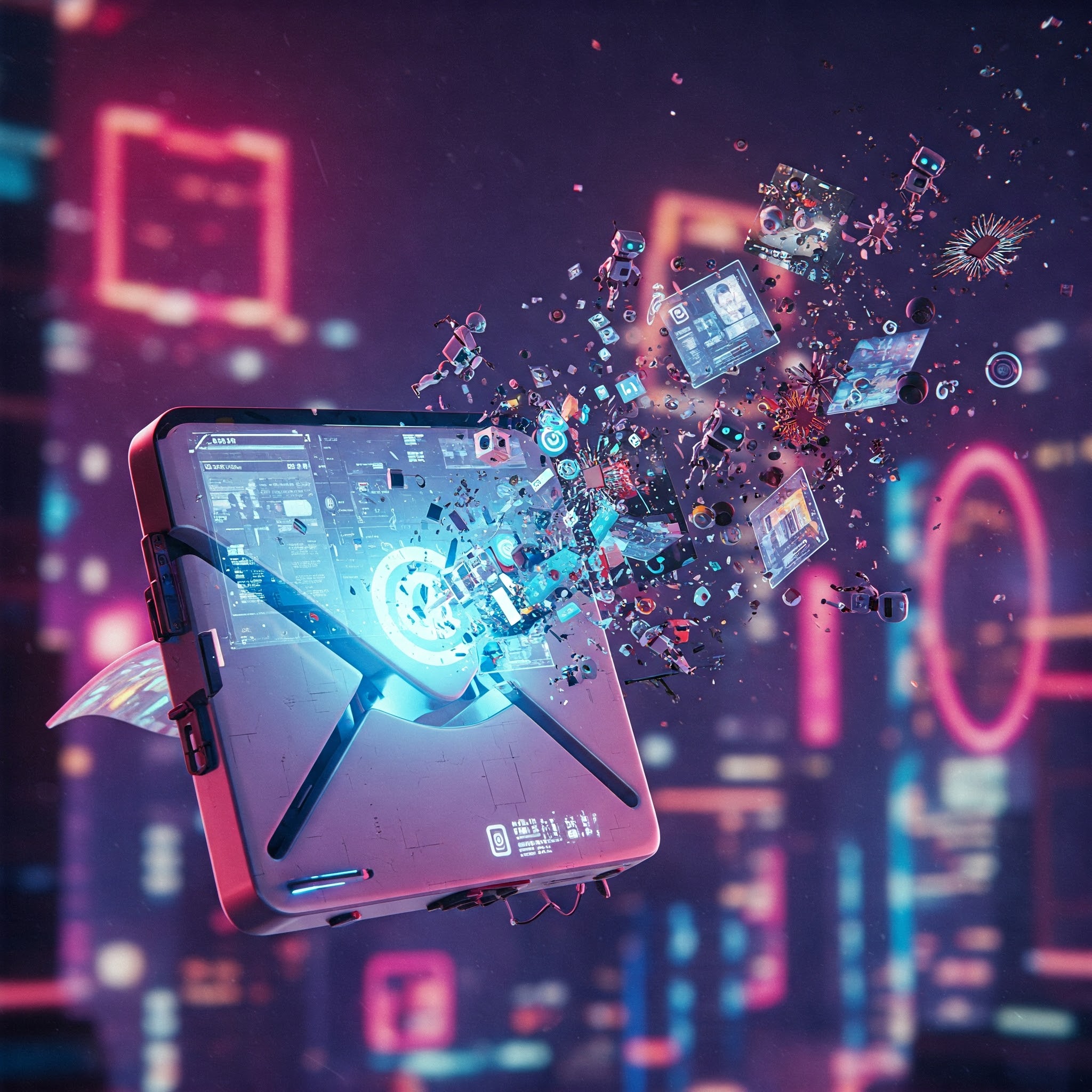The internet’s latest obsession? Turning everything into a Ghibli film. Your dog? Ghibli. That questionable sandwich you had for lunch? Ghibli. The existential dread of late-stage capitalism? You guessed it, Ghibli-fied. But is this rampant “Ghiblification” a loving tribute to Miyazaki’s genius, or a digital desecration?
The Algorithmic Aesthetic
Let’s be honest, the knee-jerk reaction for many (myself included) was probably something along the lines of: “This is an outrage!” Reducing decades of painstaking animation and profound storytelling to a trendy filter feels… wrong. But outrage, while cathartic, rarely leads to understanding. So, let’s unpack this digital Pandora’s Box.
AI Art: The Ethical Gray Zone
The core issue isn’t just the Ghibli filter itself. It’s the broader ethical minefield of AI art. These models are trained on massive datasets, often without compensating the original creators. Is it plagiarism? Technically, no. Ethically? That’s a debate raging hotter than a forest fire in Princess Mononoke.
And then there’s the sheer audacity of corporations slapping their watermarks on AI-generated Ghibli versions of their content. The irony is so thick, you could spread it on toast. They’re profiting from a style built on the backs of artists whose work they likely haven’t fully appreciated, let alone properly compensated in similar contexts.
Imitation: Flattery or Theft?
Oscar Wilde quipped that imitation is the sincerest form of flattery that mediocrity can pay to greatness. While snarky, there’s a kernel of truth there. The Ghibli trend, for all its potential pitfalls, has undeniably introduced a wider audience to Miyazaki’s work. People who might never have stumbled upon Spirited Away are now curious, drawn in by the familiar, comforting aesthetic. Is that a net positive? Perhaps. But at what cost?
The crucial point is that these AI-generated images are not art. They’re remixes, echoes, pale imitations. They exist solely because the originals do. No AI, no matter how sophisticated, can replicate the soul, the emotion, the sheer artistry of a hand-drawn Ghibli film. It’s pattern recognition masquerading as creativity. The algorithm spits out what it’s learned, but it doesn’t feel anything.
The Perils of the Algorithm
We live in a world saturated with imagery, where originality is increasingly blurred. Social media thrives on trends, on the collective adoption of a singular style. This creates a perfect storm for opportunists, those who will exploit art for profit, leaving the original creators in the shadows.
The Ghibli filter is simply the latest manifestation of this age-old problem: the tension between artistic integrity and commercial exploitation. Emerging AI artist Gokul Pillai stated two years ago: “If everyone is using new technology, you don’t want to be left out for too long. If you have no idea what’s happening or are averse to change, you are losing time.” Whether you agree with the sentiment or not, this appears to be the prevailing attitude.
So, Where Do We Go From Here?
Outrage is a valid response, but it needs to be directed at the systemic issues: the lack of ethical guidelines for AI development, the exploitation of artists, and the commodification of culture. The Ghibli filter itself is a symptom, not the disease. Should you give it a try yourself? Absolutely, even if just to stay informed. Just don’t mistake the digital imitation for the real thing.

